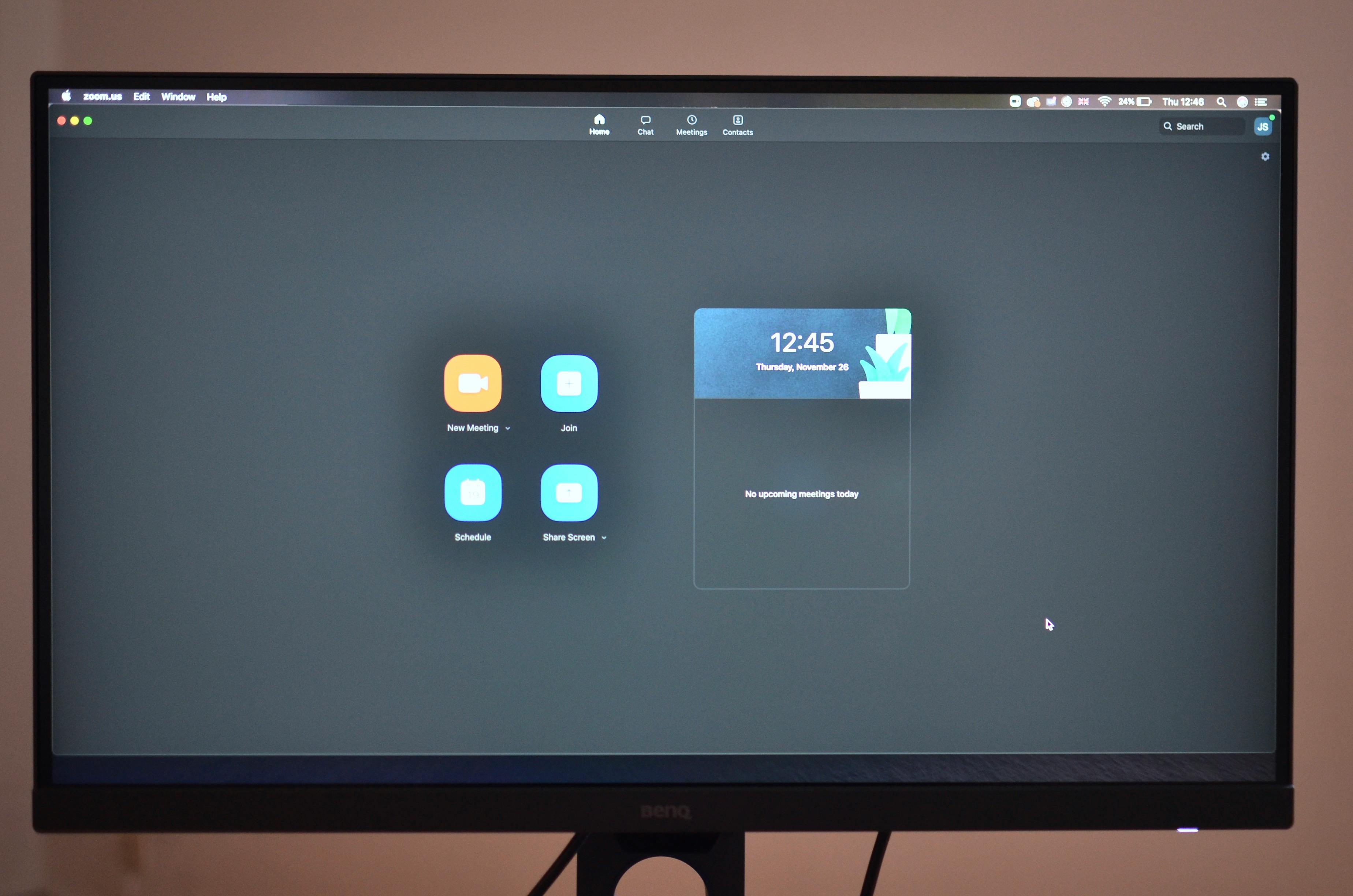Profitability and programming in the same thought? If you’re thinking “I know what I need and if it’s not busy I’ll send it home,” you’re not doing your business or your staff justice. Productivity is not as high as it could be and profitability is not as good. Here are the 7 schedule writing necessities that will improve productivity and increase profits.
1. You must have a goal percentage of labor set. Throughout this article I will use the same set of numbers for the examples. In this case the goal will be 14%. Your objective must be based on reality. Can you really cover your business with this workforce?
2. You must have a table of competition. This tells you who can do what position and how good they are at that position. My suggestion is cross training. Have all your staff informed in each position you have in your business. This will make it easier to cover a call, as well as eliminate boredom.
3. You must have an availability table and a written application procedure. This indicates who can work at what time. If Joe can only work from 11 to 2 and you write a 12 to 3 schedule, you’re either going to be short 2 or Joe will have a reason why he doesn’t like his job. This type of negativity is not good for your staff or the business. Also use a calendar system to allow your staff to make requests for days off. A written system will allow for documentation of requests, the ability to detect abusive patterns, and a centralized place for staff to record the request.
4. You must have a realistic projection of sales broken down per hour (at least). Base your projection on reality. If you are 5% above last year, don’t project a 15% increase and hope for the best. Also have screenings at least hourly so you have people there when you need them and scheduled to leave when you don’t.
5. Know your average salary and convert it to man-hours and calculate your sales per man-hour (SPM). Actual projected sales of $35,000 with the 14% labor goal divided by the average example of $9.88 equals 496 man-hours (rounded). Taking sales of $35,000 and dividing by 496 gives an SPM of $70.56. This means that, on average, it takes $70.56 in sales to pay for 1 man-hour worked. Now understand that this is an average and does not define your productivity. At your busiest times, the synergy of your staff will increase this number considerably. A staff of 8 can easily handle an SPM of $140 while the average of $70.56 is really impossible for one person to handle.
6. Calculate your minimum and maximum staff. This is the number of people you need to operate regardless of sales. For example, if you have 2 positions that need to be filled to provide adequate service, your minimum staff is 2. That means if you are open 18 hours a day, 7 days a week, your hours will have a minimum of 252 hours before the first . sale is made. Your maximum number of staff is based on what your staff can produce during their busiest time. If your biggest daily hour is $900 and a staff of 8 can handle it just fine, you now know that you will have 8 scheduled every hour which is $900. Count the number of hours that cost $900 and multiply by 8. For the example, let’s use 7 hours times 8 equals 56 hours. Add that to your 252 and your schedule is 308 hours. Take this 308 and subtract it from the 496 and that leaves 188 staff hours for the remaining hours that you’re open.
7. Use a bar chart system. A bar chart is a computer program that uses the information above to help you develop a schedule that is profitable and meets customer needs. There are a number of programs that you can buy simply by programming search bar graphs in your favorite search engine. You can also use EXCEL or another spreadsheet to write your own.



